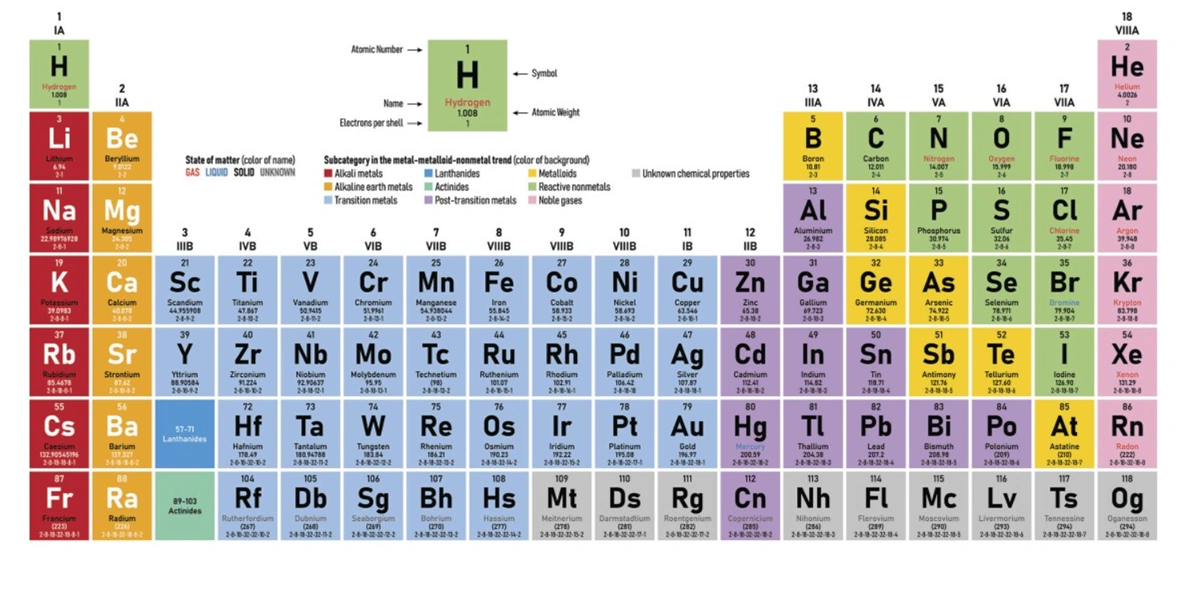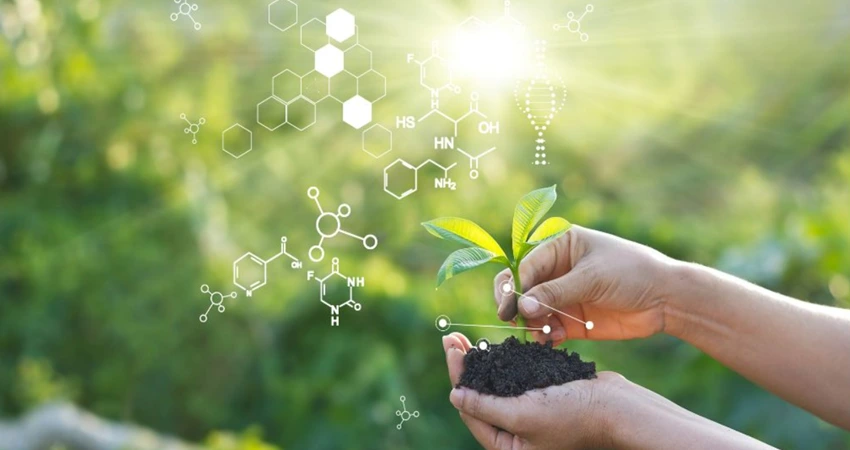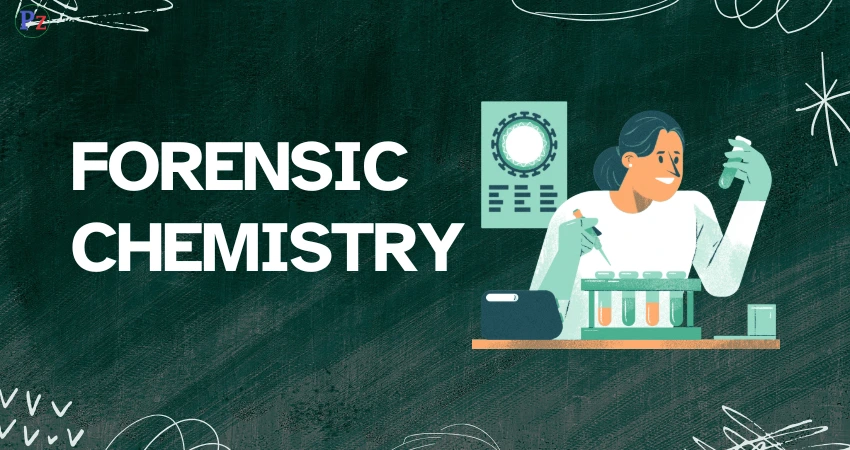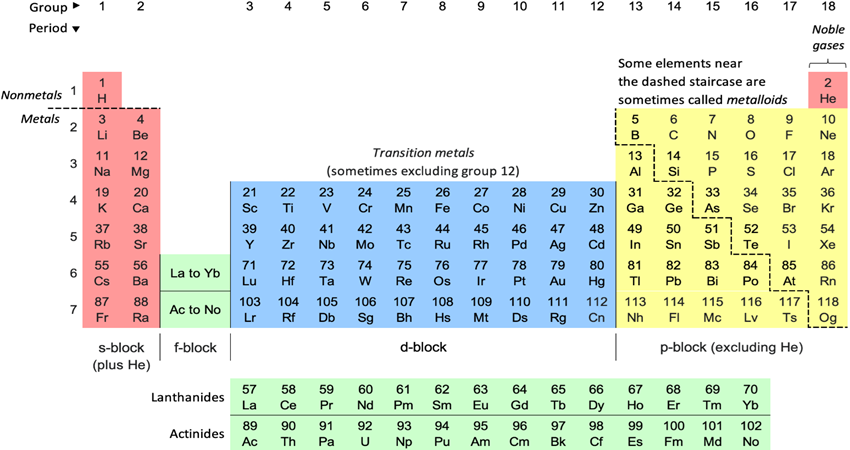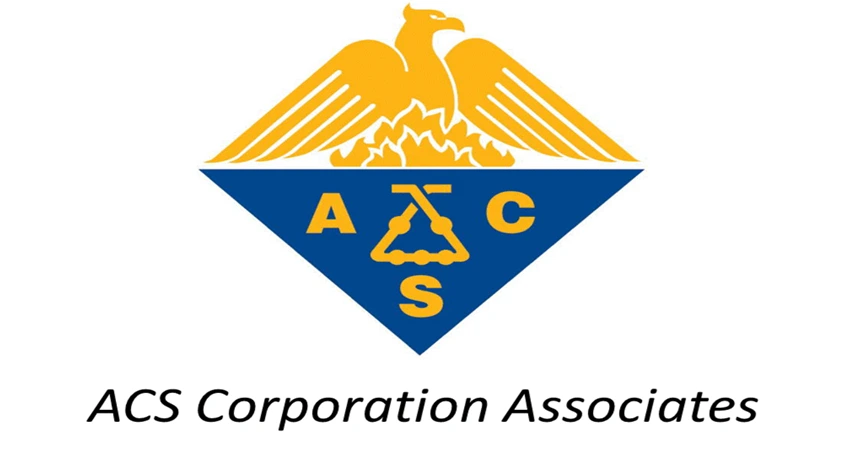The rate and extent of corrosion depends on:
- Nature of the environment
- Nature of the metal.
| S.No | Environment based factors | Metal based factors |
| 1 | Temperature. | Position of metal in galvanic series. |
| 2 | Humidity. | Relative area of electrode. |
| 3 | Presence of impurities in atmosphere. | Over voltage. |
| 4 | Influence of pH. | Purity of metal. |
| 5 | Nature of ions present. | Nature of surface film. |
| 6 | Conductance of corroding medium. | Physical state of metal. |
| 7 | Formation of O2 concentration cell. | Solubility of corrosion product. |
Nature of environment
(i) Temperament: Rate and extent of corrosion are directly proportional to temperature. So, rate of corrosion increases with increase in temperature.
(ii) Humidity: The moisture present in the environment supports electrochemical-type corrosion. The greater the humidity, the greater are the rate and extent of corrosion.
(iii) Presence of impurities in the environment: The pollutants like SO2, CO2, H2 S, nitrogen compounds etc., present in air make the environment more acidic. This will increase the rate of electrochemical corrosion.
(iv) pH: Generally acidic medium is highly corrosive when compared to basic and neutral mediums. But, certain metals like Al,Zn etc., undergo corrosion at basic medium.

Generally, the rate and extent of corrosion will increase with more acidic pH. Thus it is a regular practice in many metals to increase the pH to minimise corrosion. E.g., Corrosion of Zn can be minimised by increasing the pH to 11 . The correlation between pH and corrosion can be obtained from potential pH diagrams (Pourbaix diagrams).
(v) Ions: Presence of certain ions like Cl−, SO4− etc., in the atmosphere induces the rate of corrosion. The protective oxide coating of the metal is destroyed by these ions.
(vi) Conductance of the corroding medium: Since conductance of dry sandy soil is lower than that of clayey and mineralised soils, corrosion of metal pipes passing through clayey soil will be affected more than those that pass through sandy soil.
It is important in the case of underground and submerged structures.
(vii) Formation of O2 concentration cell: Corrosion is promoted with the increase in supply of oxygen/air to the moist metal surface.
Part having less concentration of oxygen acts as anode, while that having more concentration of oxygen acts as cathode.
Nature of metal
Position of the metal in electrochemical series: When two metals are in contact with each other, the more active metal or the metal higher in the electrochemical series acts as anode and undergo corrosion.
Relative areas of the electrodes: The rate of corrosion will be more, when the cathode area is larger.
Over voltage: Over voltage of a metal in a corrosive environment is inversely proportional to the corrosion rate. Over voltage is the difference between the observed potential of the electrode, when the gas is evolved and its theoretical value, for the same solution.
For example, when zinc metal is placed in diltue H2SO4, the hydrogen over voltage is 0.7 V. When a small amount of impurity like CuSO4 is added to H2SO4, the hydrogen over voltage is decreased to 0.33 V. This results in the increased rate of corrosion of zinc metal in dilute H2SO4.
(iv) Purity of metal: 100% Pure metal will not undergo any type of corrosion. The higher the percentage of impurity, the higher is the rate of corrosion.
For e.g., the corrosion rate of different purity of aluminium in HCl is given below:
| % Purity of AI | 99.998% | 99.97% | 99.2% |
| Relative corrosion rate | 1 | 1000 | 30,000 |
(v) Nature of surface film: The nature of the protective film which forms on the metal surface decides the extent of corrosion.
In case of heavy metals, the oxide film formed is non-porous and acts as a protective layer. But in alkali and alkaline earth metals, the oxide film formed is porous and non-protective and the rate of corrosion will be more.
(vi) Physical state of metal: The rate of corrosion is also influenced by physical state (like grain size, orientation of crystals, stress etc.).
(vii) Solubility of corrosion product: If the corrosion product is soluble in the corroding medium, corrosion rate is faster. If the corrosion product is insoluble, corrosion rate is slower.
[sc_fs_faq html=”true” headline=”h2″ img=”” question=”What Factors Affect Corrosion?” img_alt=”” css_class=””] The main factors influencing corrosion include the presence of corrosive agents such as moisture, oxygen, and certain chemicals, the material’s composition and structure, and environmental conditions such as temperature and humidity. Additionally, factors like mechanical stress, impurities, and the presence of microorganisms can also accelerate corrosion processes. Overall, corrosion is a complex phenomenon influenced by a combination of chemical, physical, and environmental factors. [/sc_fs_faq]
| Read More Topics |
| Types of electrochemical corrosion |
| What are the 2 types of corrosion? |
| Electrochemistry – Solved Problems |
